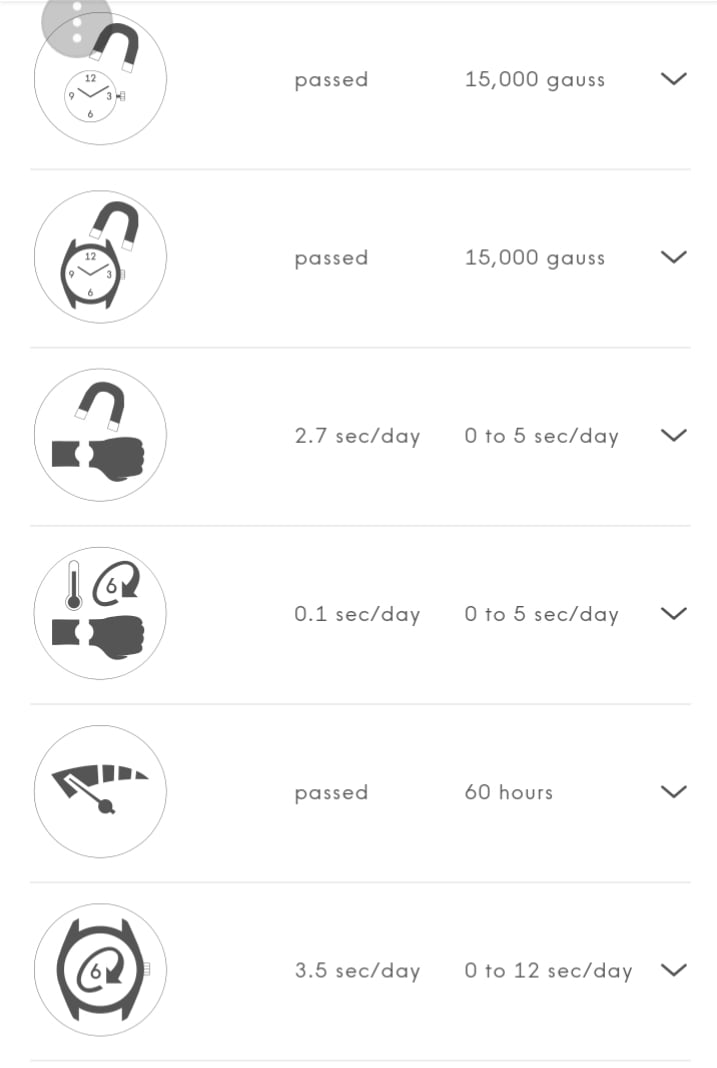ScubaPro
·One thing I've noticed with all my watches is the more active the day, the more the watch is wound and the more accurate it is. This makes sense as the power delivered from the mainspring is most consistent in a higher state of winding, but watchmakers/engineers have done amazing things with getting more consistent performance out of the mainspring when the watch is less wound than is optimal. Having multiple barrels is supposed to mitigate this phenomenon (which is loosely defined in the bounds of isochronism). Interesting thing: all my modern Rolex models seem to keep the best time after about a year or two of daily wear. I swear, I think they get used to my movement patterns and learn from it. Impossible, I know, for they are mere machines. But still . . .

